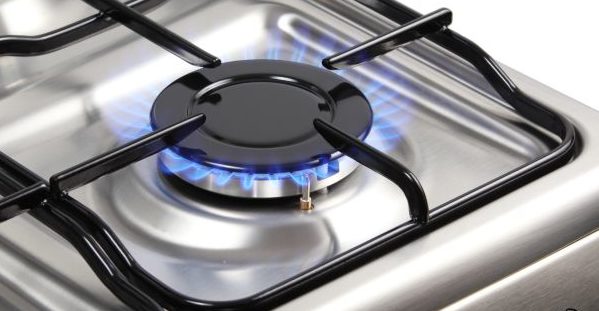Home is where most of us feel safest, but it’s also where nearly 80 per cent of all burn injuries occur, new research shows.
Findings published in the second annual report of the Australian and New Zealand Burns Association (ANZBA) Bi-National Burns Registry (BiNBR), of which Monash University is a collaborator; gives the most comprehensive view to date of burn injuries and their treatment in the two countries.
The report presents data for 2480 burn patients in Australia and New Zealand between 1 July 2010 and 30 June 2011. Of these, 1725 were adult cases (16 years and older) and 755 paediatric cases (15 years and younger).
Head of the Victorian Adult Burns Service, Chair of the Steering Committee of the Bi-NBR, and the President of ANZBA, Dr Heather Cleland, from Monash University’s Department of Surgery, said the report highlighted the need for parents and other adults to be more vigilant around children.
“The most common cause of burn injury for children, accounting for nearly 64 per cent of all cases, continued to be playing or being near an adult preparing hot food or drinks,” Dr Cleland said.
This was consistent with findings for the previous year.
Most adults – almost 56 per cent – who received burn injuries were also likely to be cooking or preparing food themselves, or engaged in some form of work or leisure activity.
More adults than children had burn injuries: 70 per cent of all burn cases were adults, and 67 per cent of those were male. Just over a quarter of all adult cases involved 20 to 29-year-olds and more than a third of paediatric cases were children aged between one and two.
“The most common place of injury was the home for both paediatric (78 per cent) and adult cases (56 per cent). The burn occurred in the kitchen for 20 per cent of cases and in the garden for 20 per cent of all injuries sustained at home,” Dr Cleland said.
Flames or hot liquids were the main causes of injury for all patients, and 93 per cent of burns were considered to be unintentional.
The report also highlights the lack of common knowledge about the correct way to treat burn injuries.
“Adequate first aid can reduce the severity and extent of a burn injury and this knowledge is of vital importance for the community. The most appropriate treatment for a burn is cool running water,” Dr Cleland said.
“However, alternative techniques that are considered ineffective or detrimental to burn wound recovery, such as application of ice, aloe vera, butter and toothpaste, were used at the scene of the injury in 18 per cent of cases.”
Source: Monash University











